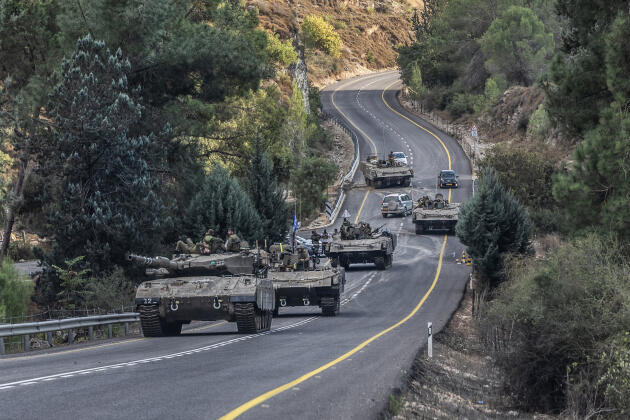Sendero Luminoso: Insurgency resurgent?
Spate of attacks
Authorities said the convoy was passing through the Apurimac-Ene River Valley (VRAE) in the area of Tintaypunco, Tayacaja province, a key coca-growing region. The guerillas detonated a roadside bomb using a detonation cord, and then opened fire on the stricken vehicles. Those troops not killed in the blast fought the guerillas for hours before they retreated back into the jungle. Casualties include seven civilians and twelve members of the military.
The incident was followed by another ambush in Vizcatan, southeast Peru, on 14 October which killed two more soldiers. Then, on 19 October, some 30 Sendero members invaded a site belonging to U.S.-based metals company Doe Run in the Huancavelica region. The militants stole an unspecified quantity of dynamite, as well as radios, food, and medicine.
A long history
The recent attacks follow a long period when not much was heard of Sendero Luminoso. The organization had achieved notoriety in the 1980s, when some 30,000 people died in direct attacks perpetrated by SL, or in crossfire between the organization and the military.
The Peruvian Government, with the help of American advisors, made dramatic gains against SL during the 1990s, with the capture of the group’s leaders and ideologues. So confident was the Peruvian government in its ultimate victory that in January 2003, Peruvian courts granted approximately 1,900 members—including the imprisoned top leadership—the right to request retrials in a civilian courts.
Meanwhile, the fight on the ground continued. Peruvian officials claim that Sendero still has some 300 active members, located mainly in the cocoa producing regions of the Upper Huallaga River Valley and the Apurimac/Ene River Valley.
The operation has not been without controversy, as troops involved in the operation have been accused of forcing families from their homes and killing peasants—including women and children—suspected of links to the guerillas. Ironically, some of the peasants killed were members of local militias armed by the government to fight Sendero militants.
The guerillas involved in the recent ambush are believed to have been pushed out of the neighboring zone of Vizcatán, Ayacucho region, the focus of the army’s August offensive.
Conclusion






